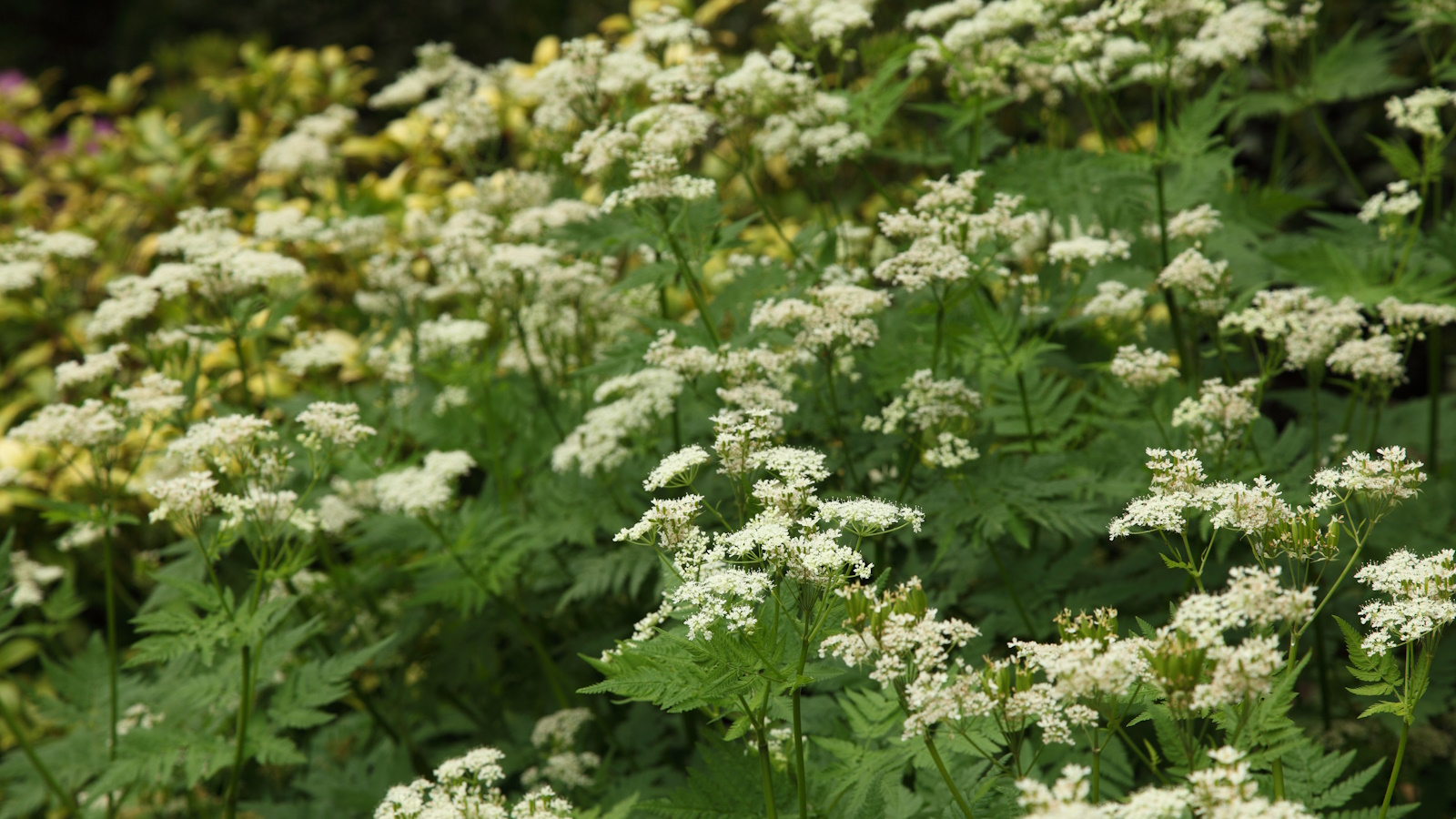
If you're looking to create a low-maintenance, self-sustaining ecosystem in your backyard with edible plants, then forest garden ideas could be something to consider. Especially if your space is limited in size, as this way of growing is all about using a layered approach to create a mini ecosystem.
Backyard forest gardens are the optimum way to use your outdoor space to grow food as well as boost biodiversity. The idea is to imitate the productive planting found in natural woodland, choosing the right varieties to grow while at the same time attracting pollinators.
The good news is successful forest gardens can be designed in even the smallest urban space as part of your backyard ideas. You can even make it work on a city balcony or roof garden. Follow our expert advice to find out how to create a forest garden and what plants to fill it with.
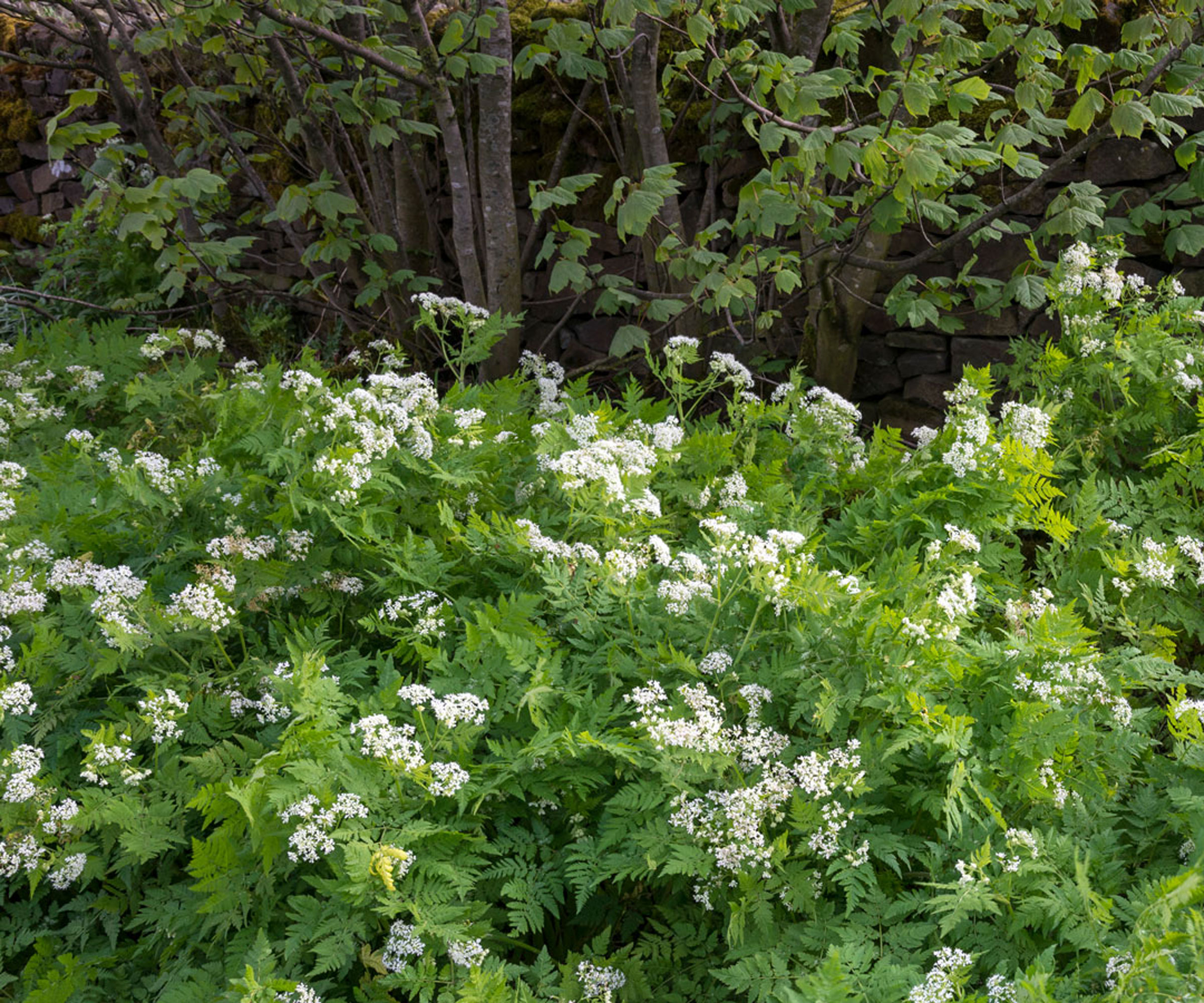
6 key tips for a successful forest garden
If you look at nature when designing your garden you soon realize it's all about mixing up different plant types and filling in any open spaces. This means you’ll have a lot less work to do if you copy the idea, for example using groundcovers will cut down on weeding time. Instead of fighting nature, you’ll be working with it.
'Head out to a natural area and look around,' says Christina Chung, plant expert and author of The Layered Edible Garden available here from Amazon. 'Instead of the sections in a traditional vegetable garden, you’ll find trees, shrubs, herbaceous perennials, small ground covers, and vines all growing together.'
So, take these forest garden ideas and up your game by adapting them to transform your vegetable garden ideas into something that's more productive.
1. Plan a forest garden around old and new plants
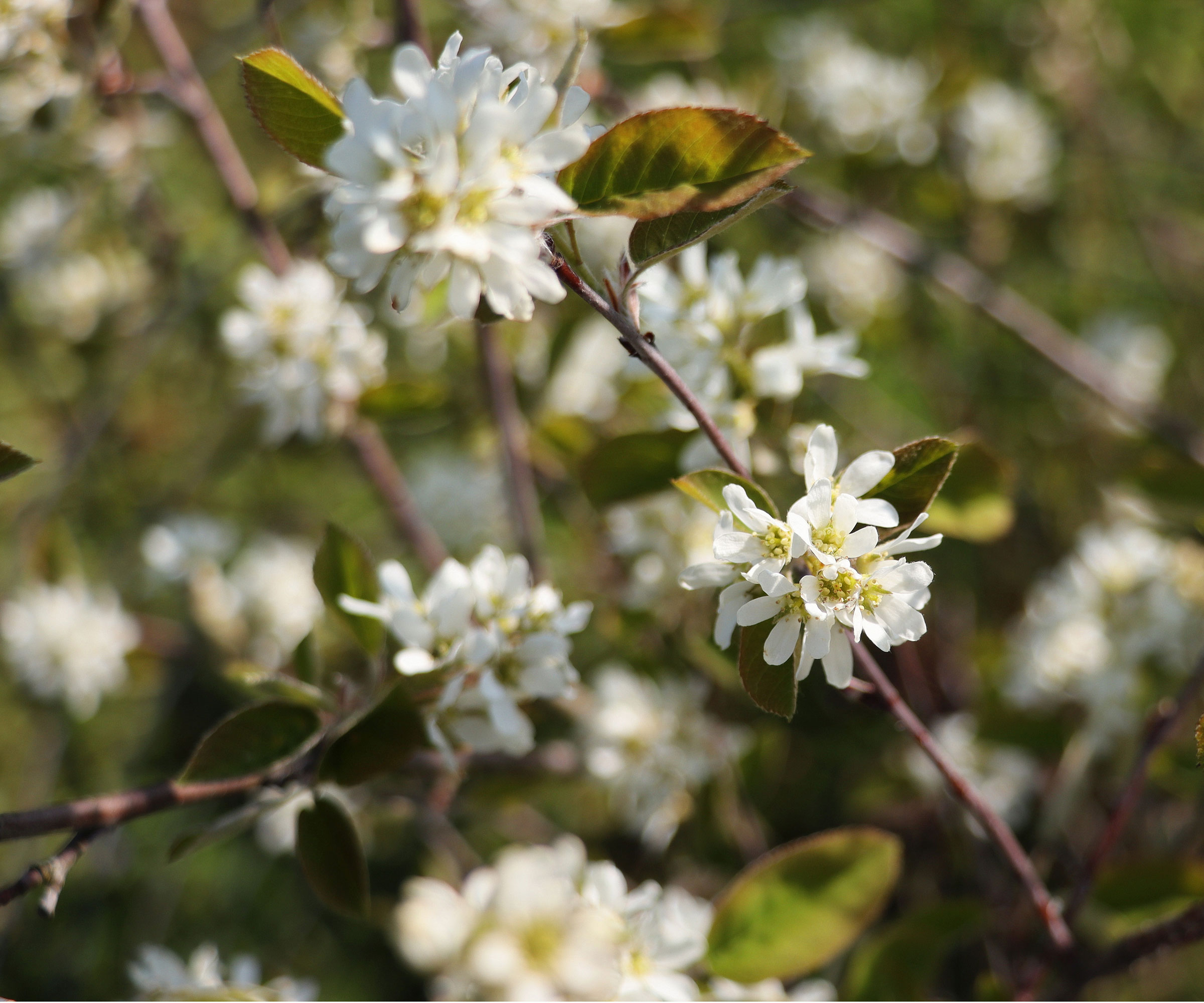
When planning a forest garden first take a fresh look around your yard with the idea of improving what's already there. Reassessing your space can often mean you come up with ideas on how to enhance the existing layout and planting.
'You may be surprised how much space is being taken up by old hedging plants that you don’t like much anyway,' says Christina Chung. 'Or you might notice that the side yard between your house and your neighbor is bigger than you thought and could be turned into an exciting new section of the garden.'
It's a good idea to get your ideas down on paper, and include detailed information on planting, both on what you want to keep and get rid of.
Another good approach is to break down your dream project into a series of smaller do-able parts. 'Look at your plan, prioritize your projects, and take it step by step,' says Christina. 'Perhaps your first task could be planting a serviceberry tree (Amelanchier) or one of the best native dogwood trees, with beautiful flowers and fall foliage.'
This live dogwood tree will quickly grow to fill your borders with beautiful blooms in spring and summer.
2. Aim to include as many layers as possible
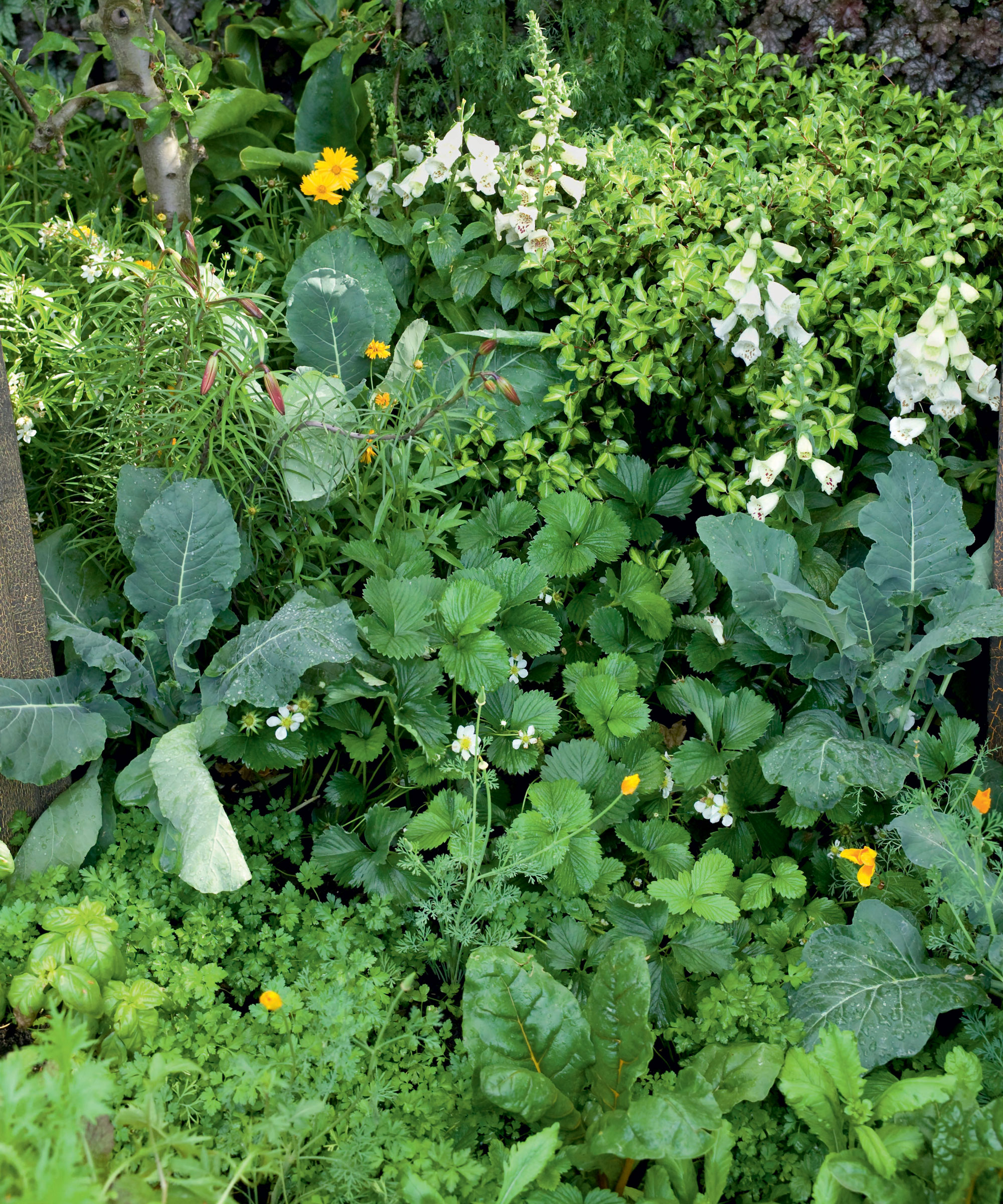
An ideal forest garden has eight layers of planting. The highest layer is formed of large canopy trees. In the edible layered garden, this would mean varieties like walnut.
If this isn't a possibility, which is probably the case with many of us, especially if you have a small urban yard, then instead make your tallest layer sub-canopy trees. These include some of the best trees for small gardens such as quince or apple.
The next layer is composed of shrubs with an edible focus such as raspberries or currant bushes, followed by herbaceous perennials including vegetable garden favorites such as cardoon and asparagus, that come up year after year.
Meanwhile, climbers will scramble over and through this planting, such as runner beans and grapes, using other plants for support.
There is plenty of opportunity to grow vegetable garden favorites like tomatoes, zucchini and bell peppers, as well as cabbage and kale, and leafy greens like spinach and mizuna.
The ground cover layer consists of small, low-growing plants. Choose ones that are edible like thyme, nasturtium, and wild strawberries.
Finally, the last layer of the garden is comprised of root crops like carrots, parsnips and radishes.
You might not be able to include every layer in your forest garden ideas but this doesn't matter as long as you follow the basic principles to make the most of the space you have. Even two of three layers of planting is a good idea!
3. Choose a diverse range of plants
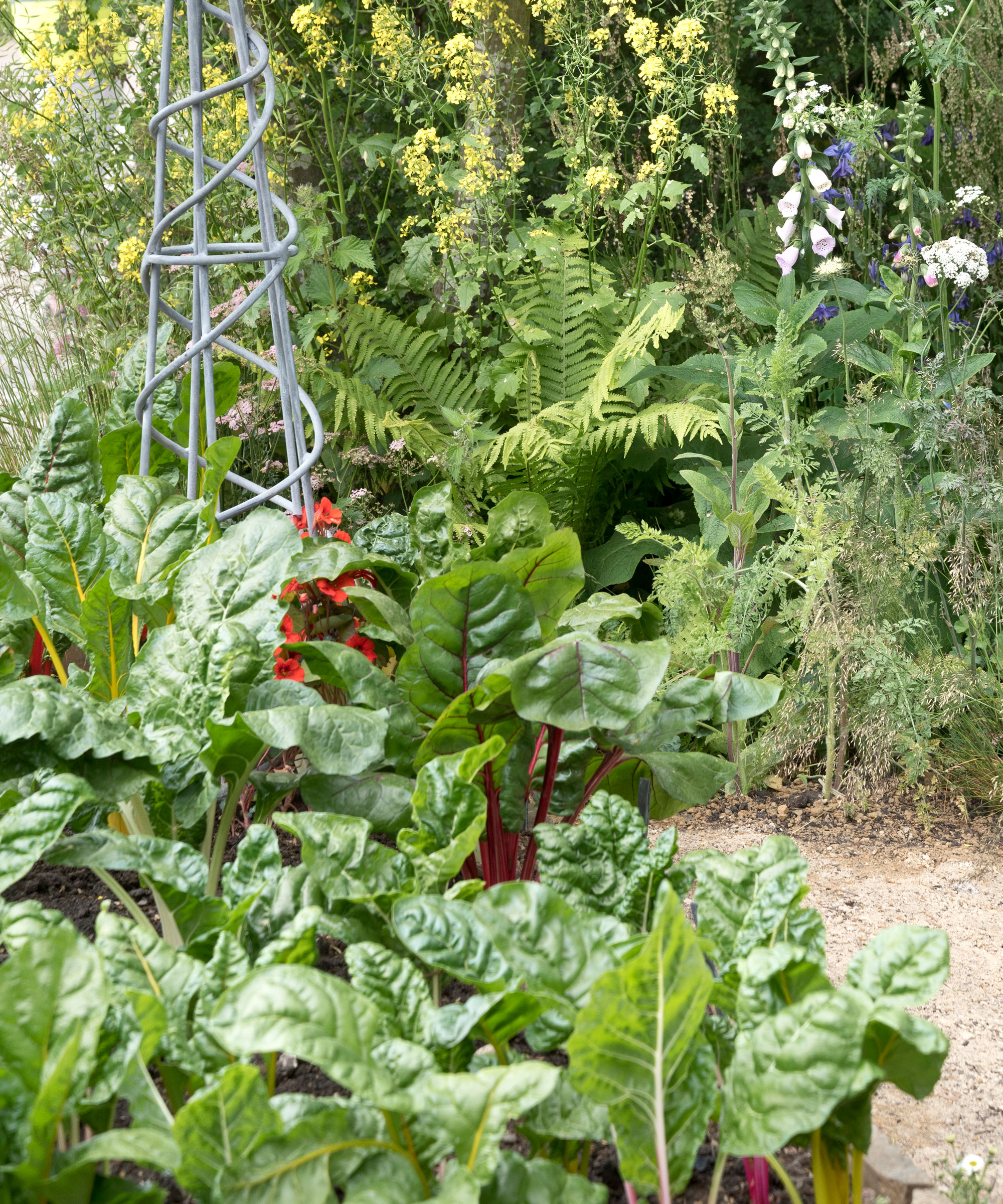
Planting for forest gardens ideally includes a mix of different types of edible fruit, nuts, seeds, flowers, berries, vegetables, and herbs, including plenty of shade-tolerant perennials that will thrive in the dappled light cast by the tree canopy.
'When you choose plants that match your US hardiness zone and the habitats you have available you are most likely to be successful,' says Dani Baker, owner of Cross Island Farms, in Wellesley Island, NY, and author of The Home-scale Forest Garden, available here from Amazon. 'At the same time, taking a calculated risk with a specimen that you really want to try, even if it may not be happy under your conditions, keeps things interesting.'
It's also a good idea to design your forest garden with open areas, so you can accommodate a wider mix of plants. While there are plenty of plants that will tolerate the shady conditions under the tree canopy it's important to factor in the amount of sunlight that is going to be available too so you can include sun-loving plants to ensure a good mix.
Hardy native plants are designed to cope with the shade in forest gardens. Many plants that thrive in these conditions have the bonus of being edible too.
4. Utilize every inch of space efficiently
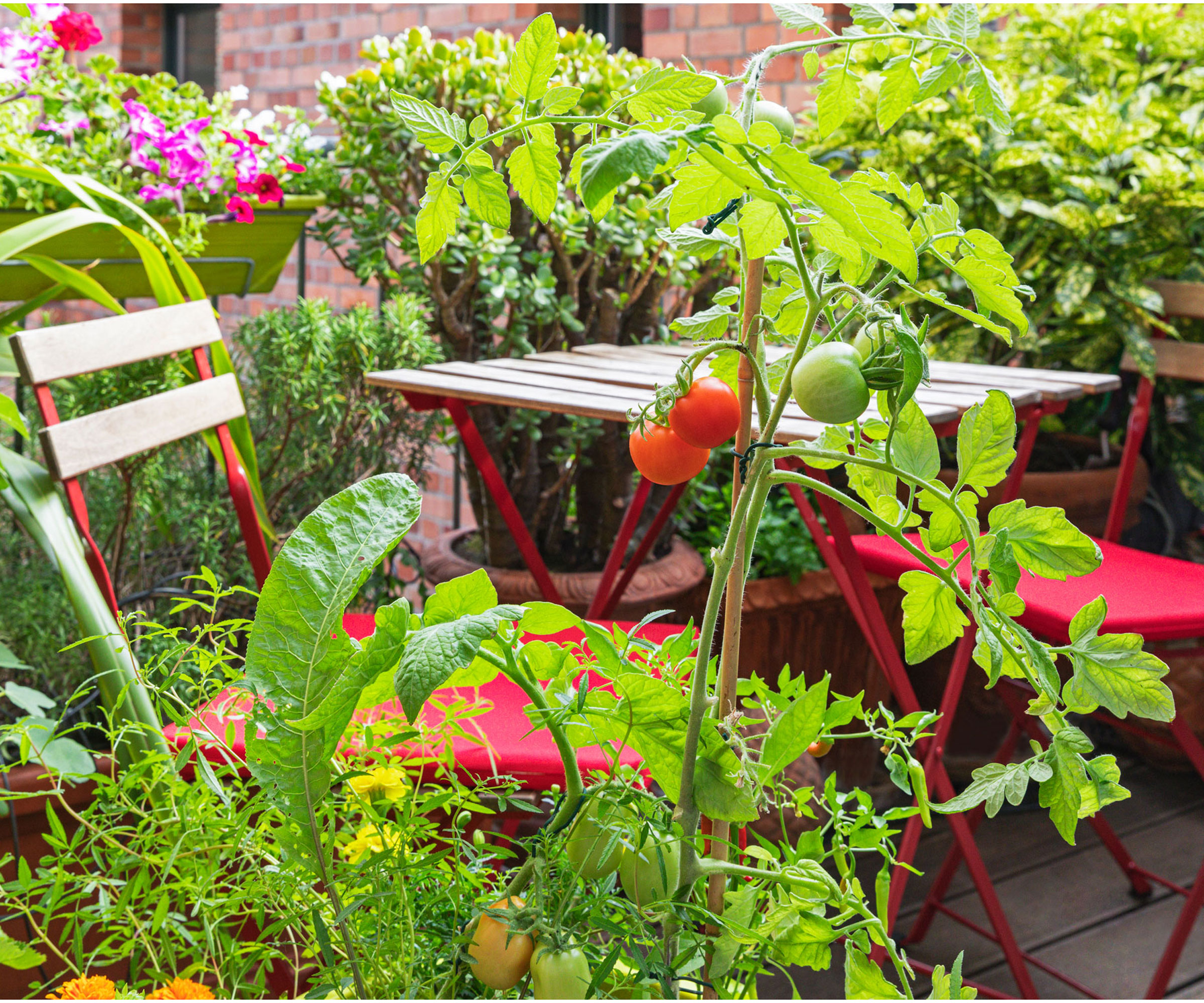
Every layer means you are using your existing garden space more effectively to get more out of it, as well as adding interest, beautiful plants, and nice things to eat to the mix. The smaller your garden, the more important it is to adopt the layered approach as part of your forest garden ideas.
'You can even design a layered garden in a cluster of containers on a balcony,' says Christina Chung. 'This style of gardening is all about making a space that works for you on every level.'
There is no one correct way to make a layered garden, adds Christina. 'Rather, it is a flexible set of concepts and techniques you can use to create the perfect space for you and your lifestyle.'
Rethink your balcony garden ideas by layering up to squeeze more plants in and max up the space, as well as creating a lush and leafy retreat from city life.
5. Boost biodiversity by switching to forest garden ideas
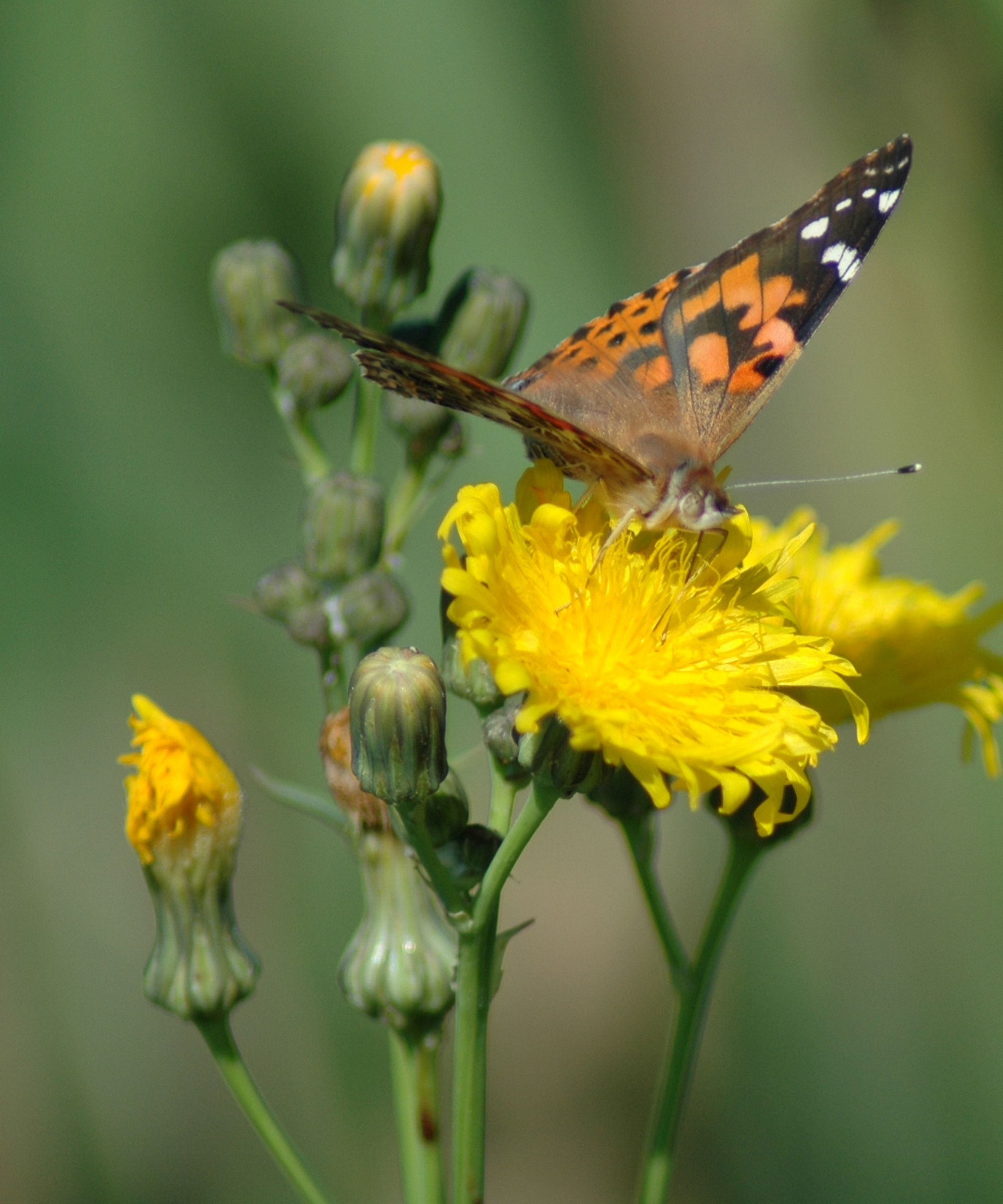
With forest garden ideas the trick is putting plants together in a woodland-like setting that creates a reciprocally beneficial environment with wildlife, especially pollinators. Find out how to boost biodiversity and you will enrich your forest garden.
'Filling in all the empty spaces and layers of your garden with plants is not just good for you,' says Christina Chung. 'Adding less common species to your garden will radically increase the biodiversity of your local ecosystem. Plant diversity in your garden also supports insect diversity. When you get a little more creative by adding new plants each one of these additions supports new insects that enrich your local ecosystem.'
A diverse ecosystem means more food for birds and other wildlife. You will be feeding yourself with your forest garden ideas, but also benefitting the natural world around you.
This attractive bird house will prove popular with local birds who are sure to stop by your yard.
6. Leave the soil undisturbed so it's healthier
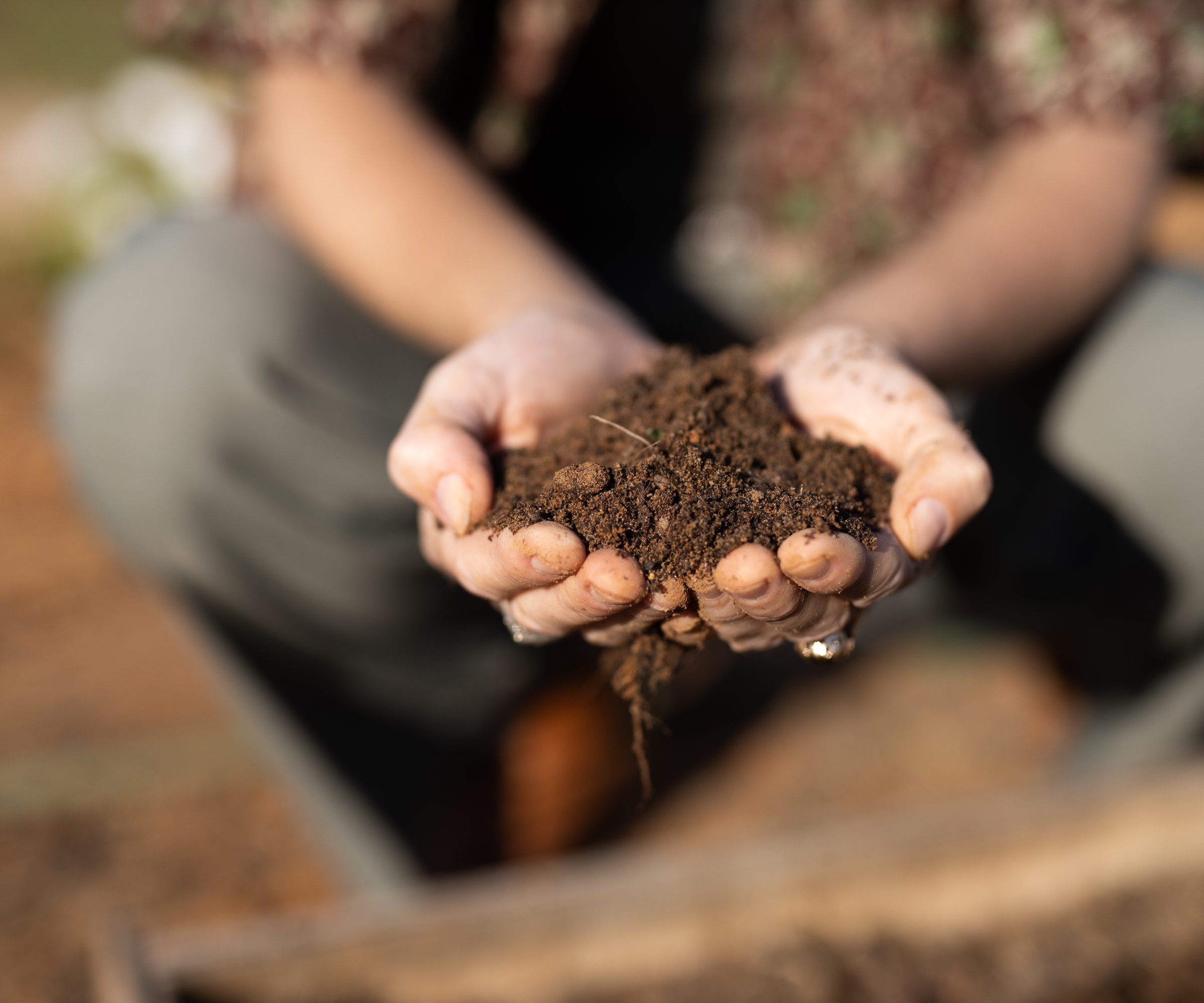
While the focus in forest gardens is on choosing plant species and varieties from many different families, they depend on their interactions with bacteria and fungi in order to thrive.
It's a good idea to encourage this by finding out how to boost soil nutrients, as well as leaving the soil alone, as digging and planting annual crops every year tends to be a disruptive process. Soil bacteria, fungi and earthworms break down dead matter and make it available to plant roots, so it's best to let them get on with their work.
The idea of a forest garden is to model it after nature, where no one digs, weeds, waters or applies mulch. 'In nature, the ground is completely covered with some form of organic matter,' says Dani Baker. 'Think of the floor of a dense wood blanketed with a deep layer of fallen leaves or pine needles. In this environment, there are no patches of exposed soil.'
Leave the soil alone and nutrient-rich organic matter will build up as plants die back in the colder months. Beneficial insects find homes too in the leaf litter on the ground.
'Since the ground is covered with a thick layer of plants or natural mulch, it stays cool and moisture is preserved,' says Dani, 'Each year as autumn leaves fall, the natural mulch is replenished and nutrients are recycled.'
FAQs
Is a forest garden low maintenance?
Yes a forest garden is low maintenance once it's eventually established. It's designed to be like native woodland, which takes care of itself completely, with the added benefit of edible planting.
You may have sections of turf to mow, or need to prune trees or shrubs, but the rest is easy. A combination of groundcover plants and mulch mean weeds are kept out, while the soil stays moist because it's not exposed so you don't need to water once new plants are established.
'There are minimal weeds, reduced annual digging and replanting, and insect pests are naturally managed by the healthy ecosystem of insect predators that thrive there,' says Christina Chung. 'This means less time doing garden tasks that you don't like and more time to do the gardening that you enjoy.'
If you are interested in how to create an eco-friendly garden and natural pest control methods be sure to include these ideas when you plan and maintain your forest garden to ensure it's as natural as can be.







